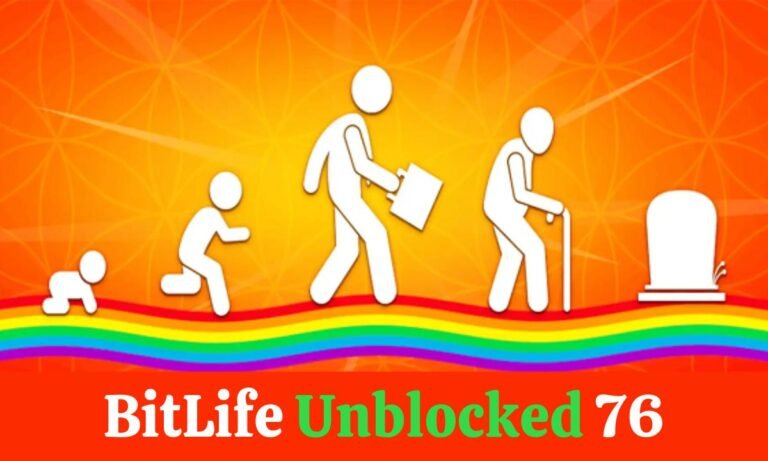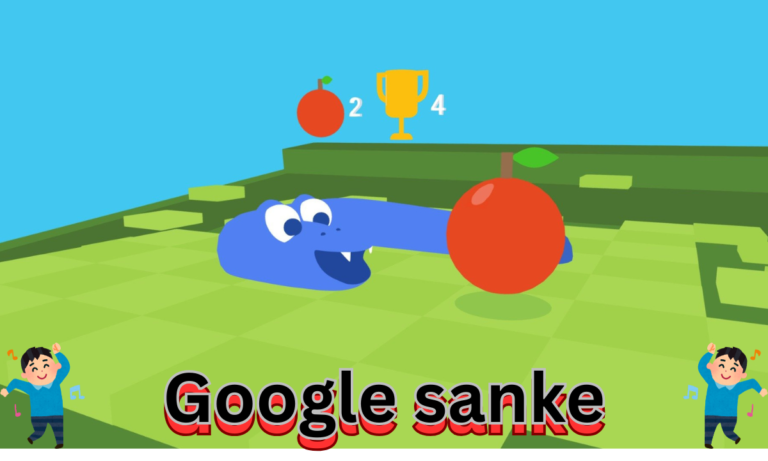
Introduction
The Connections Game by The New York Times has captured the attention of puzzle lovers with its unique blend of word association and deductive reasoning. This daily game challenges players to categorize a set of seemingly unrelated words into four distinct groups based on hidden connections. As simple as that may sound, many players find it increasingly difficult to solve without some help. Whether you’re looking for ways to improve your skills or need help with specific connections game NYT answers (NYT- New York Times), this guide will provide you with strategies, tips, and guidance on how and when to seek assistance.
In this article, we’ll dive into what makes the NYT Connections Game so popular, break down common strategies, and offer advice on when it’s okay to peek at the answers to get a better handle on the game.
What is the NYT Connections Game?
The connections game NYT answers is a daily puzzle that asks players to organize 16 words into four categories of four words each. The objective is to identify a shared connection among each group, which could range from simple themes like colors or animals to complex associations such as idioms or historical references. The game requires keen observation and critical thinking skills, as some words can appear to belong in multiple groups, creating intentional traps for players.
Each day, the puzzle introduces fresh sets of words and connections, challenging players to think in new ways and keep their mental gears turning.
Why Players Look for NYT Connections Answers
While the Connections Game is designed to be a fun and engaging challenge, it can often stump even the most seasoned puzzle solvers. Here’s why many players turn to NYT Connections answers (NYT- New York Times) for help:
- Learning the Game’s Logic: For beginners, reviewing answers can provide insight into the types of connections the game uses. This can serve as a helpful learning tool for recognizing patterns in future puzzles.
- Understanding Subtle Connections: Some categories are less obvious and require familiarity with specific themes, idioms, or lesser-known topics. Looking at answers can help players understand these subtleties.
- Improving Puzzle-Solving Skills: Studying the correct answers after attempting the puzzle enables players to enhance their pattern recognition and build a better strategy for future puzzles.
- Reducing Frustration: Getting stuck on a puzzle can be frustrating. Checking the answers after making an earnest attempt helps avoid excessive frustration, making the game enjoyable again.
Tips for Solving the NYT Connections Game Without Answers
While checking answers is a quick solution, solving the puzzle independently is much more satisfying. Here are some strategies that will improve your ability to find the connections on your own:
1. Start with the Obvious Connections: Identify the easiest group first. If the words include terms like “Red,” “Blue,” “Green,” and “Yellow,” the category is likely “Colors.” Starting with the most apparent group can narrow down the remaining words.
2. Use Elimination to Narrow Down Options: After you identify one group, eliminate those words from the list and focus on the remaining ones. This makes it easier to spot patterns among the remaining words without being overwhelmed by too many options.
3. Look for Synonyms, Antonyms, or Common Categories: Think about how the words might relate through similar meanings, opposite meanings, or even broader categories, such as animals, foods, or sports. This strategy can often reveal connections you may have initially overlooked.
4. Think Outside the Box: Some connections might not be as straightforward. For example, words could be connected by rhyming sounds, wordplay, or even cultural references. Staying open-minded about connections can help you see possibilities that aren’t immediately obvious.
5. Work Backward if You’re Stuck: If you can’t find a clear connection, try working backward by grouping words you know do not belong together. Eliminating incorrect combinations can sometimes reveal the correct solution.
Common Themes and Categories in This Game
Familiarizing yourself with common themes and categories used in the Connections Game can help you solve puzzles more effectively. Here are some recurring themes:
- Colors: Words like “Red,” “Blue,” “Yellow,” and “Green” may fit into the category “Colors.”
- Animals: “Lion,” “Tiger,” “Elephant,” and “Bear” would be an example of an “Animals” category.
- Synonyms and Antonyms: Words like “Happy,” “Sad,” “Angry,” and “Calm” could be connected by the theme “Emotions.”
- Cultural References: Categories might include references to movies, TV shows, or historical figures. Such as “Titanic,” “Friends,” “Rome,” and “Mona Lisa.”
- Food and Drink: “Apple,” “Banana,” “Grapes,” and “Orange” could indicate a category of “Fruits.”
- Idioms and Expressions: Connections may involve phrases or sayings, such as “Over the Moon” and “Piece of Cake.”
Knowing these themes can provide a helpful framework when approaching a new puzzle.
When and How to Use connections game NYT answers Responsibly
If you’re stuck, looking up answers can be a helpful tool—as long as it’s done responsibly. Here’s how to use answers to enhance your puzzle-solving experience without spoiling the fun:
- Try Solving on Your Own First: Attempt the puzzle independently before resorting to answers. This will help you develop your own skills, and you’ll likely learn something new each time.
- Use Answers as a Learning Tool: Once you check the answers, review the connections carefully. Try to understand why certain words were grouped together. And think about how you could recognize similar patterns in the future.
- Focus on Areas You Struggled With: If there’s a particular category that you found confusing, use the answer as an opportunity to study that theme more in-depth. This targeted approach will make you a better player over time.
- Engage in Puzzle Communities: Puzzle forums and communities, such as those on Reddit, allow players to discuss the day’s Connections Game. This way, you can get hints or discuss possible solutions without outright spoilers.
Benefits of Playing the Connections Game
Whether you’re solving puzzles on your own or occasionally seeking help from answers, the Connections Game offers numerous cognitive benefits:
- Enhanced Pattern Recognition: The game encourages players to identify connections among words, boosting their pattern recognition and reasoning abilities.
- Improved Vocabulary: By exposing players to a variety of words, the game expands vocabulary and familiarizes players with new terms and meanings.
- Stress Relief: Solving puzzles provides a mental break, reducing stress and offering a positive distraction from daily routines.
- Mental Stimulation: Engaging in daily puzzles keeps the mind sharp, enhancing memory and cognitive flexibility.
- Sense of Accomplishment: Completing a challenging puzzle independently brings a rewarding sense of accomplishment, boosting confidence and motivation.
Conclusion
Connections game NYT answers (NYT- New York Times) is a unique and engaging puzzle that challenges players to think critically and creatively. While the game can be difficult, there are numerous strategies to help you approach each puzzle. From starting with obvious connections to thinking outside the box. For those moments when the game becomes overwhelming, looking up connections game NYT answers responsibly can serve as a helpful learning tool.
Read More Blogs Click Here 7 Spiritual Meaning of Waking Up at 3am


